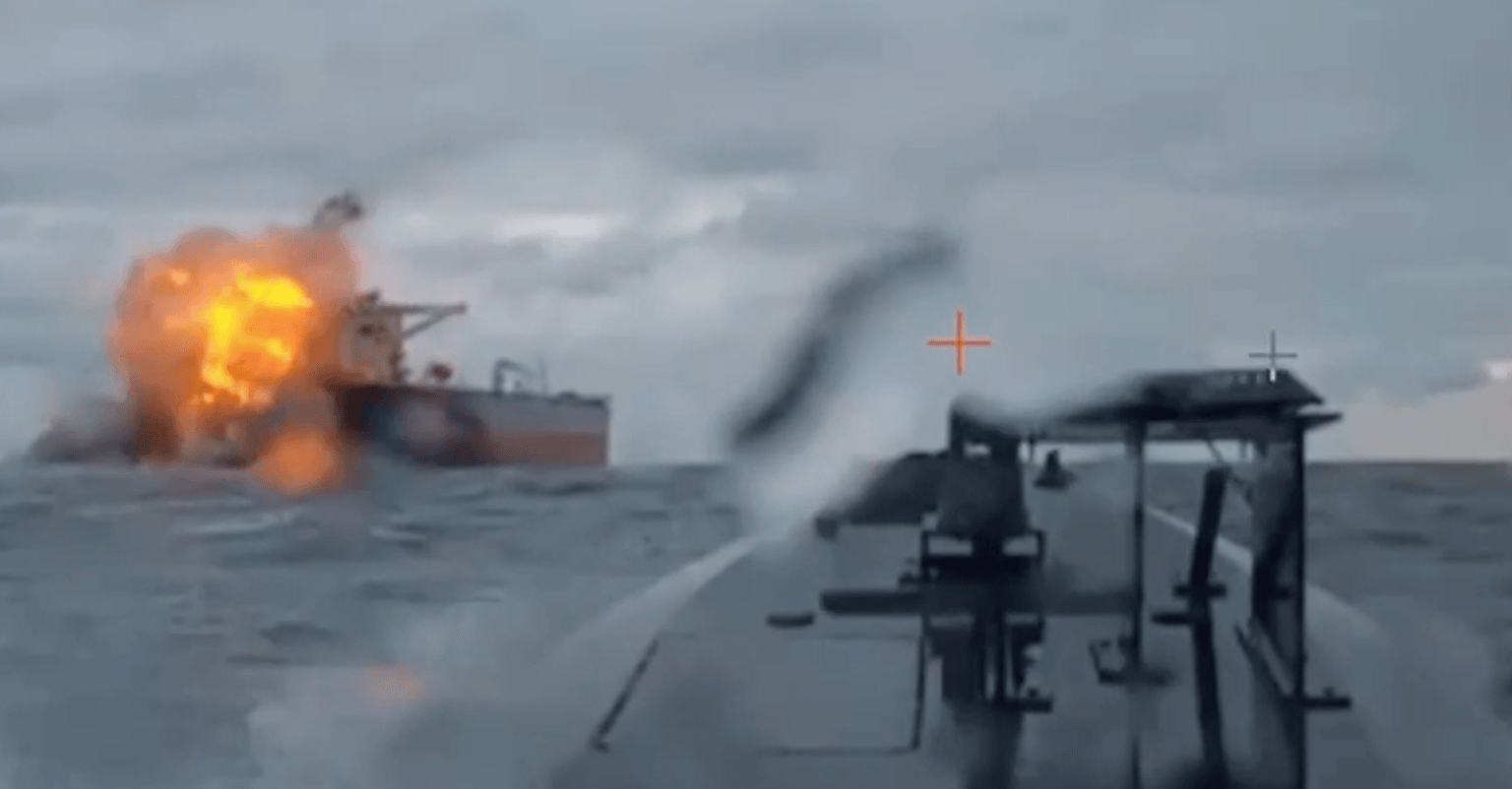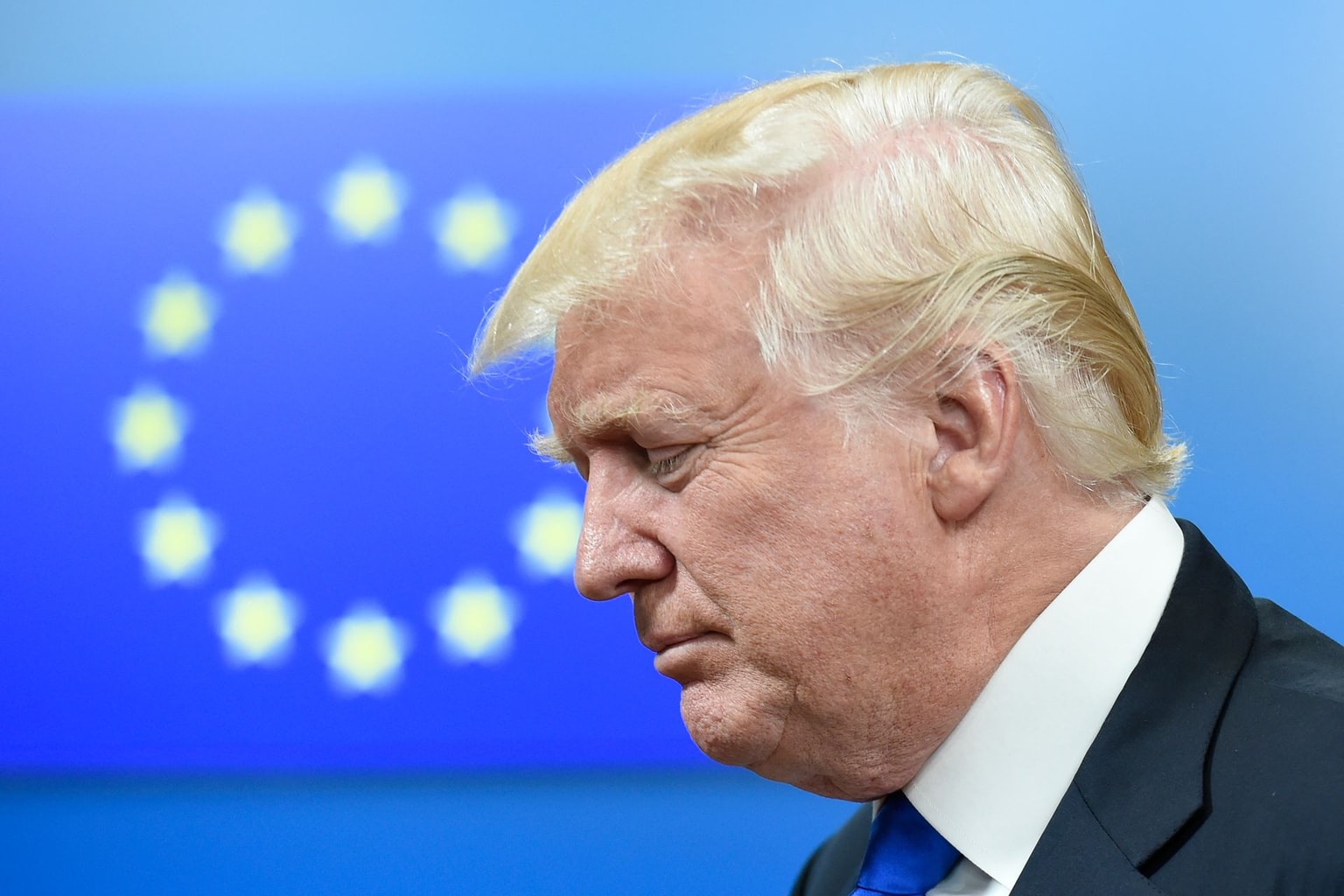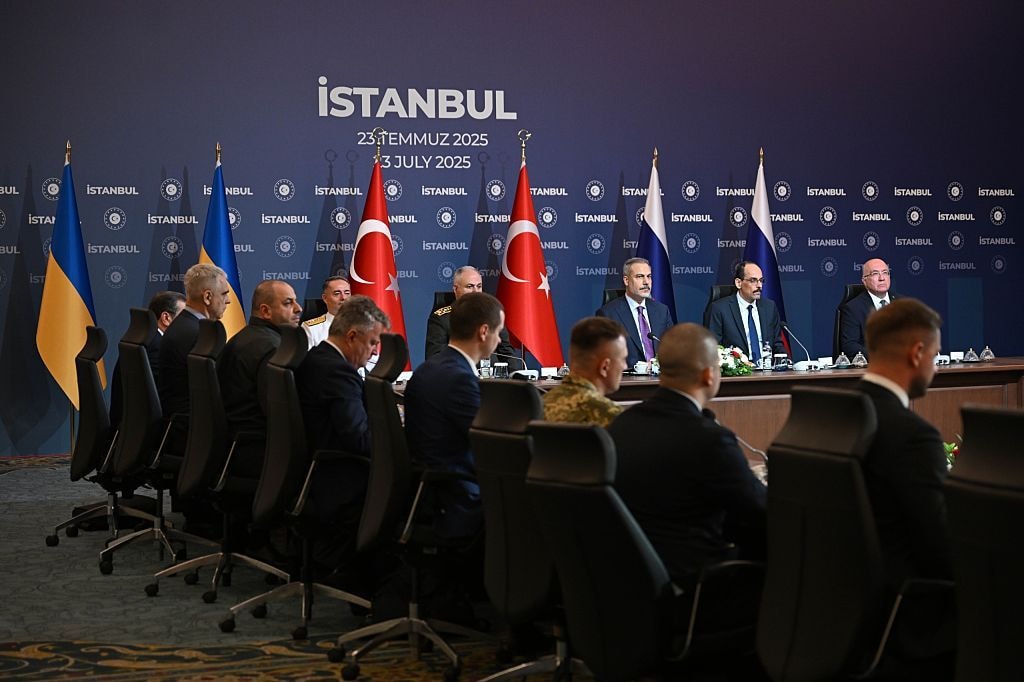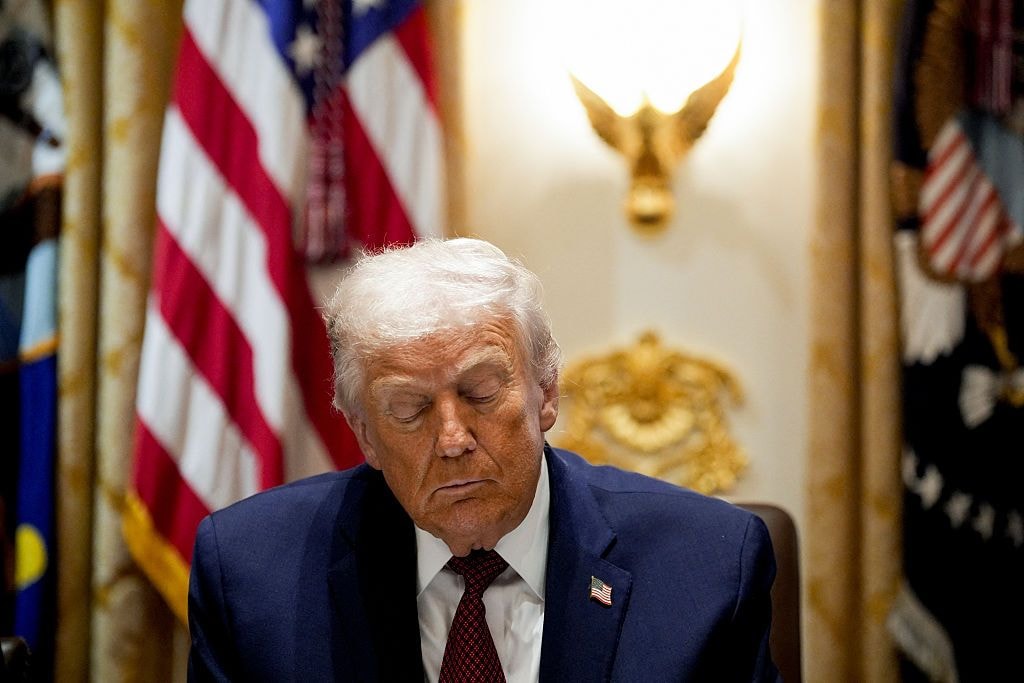AFP: Still no G7 consensus over using frozen Russian assets for Ukraine

G7 leaders have still not reached a consensus on a deal to use profits from Russian assets to help Ukraine, AFP reported on June 7.
Ukraine's Western partners and other allies froze around $300 billion in Russian assets at the start of the full-scale invasion in 2022. Roughly two-thirds are held in the Belgium-based financial services company Euroclear.
While the U.S. proposed seizing Russian assets outright in accordance with their recently passed REPO act, the EU has been more hesitant, fearing legal and fiscal pitfalls of confiscation.
Instead, Brussels seeks to use windfall profits generated by the frozen assets and funnel them to Kyiv.
According to AFP, the U.S. is pushing the G7 to endorse a loan for Ukraine of up to $50 billion, secured by interest on the frozen assets.
But questions remain on issues such as what would happen if the assets were unfrozen in the event of a peace deal between Ukraine and Russia.
The members of the G7 have been negotiating for weeks on the best path forward ahead of a summit in Apulia, Italy, on June 13-15, which President Volodymyr Zelensky will attend.
A statement released after talks on May 25 reiterated any progress had to be "consistent with international law and our respective legal systems."
In a press conference, Italian Finance Minister Giancarlo Giorgetti said there were still "significant technical and legal issues" to deal with but the aim is to present a proposal "defined in all its dimensions."
In March, the European Commission submitted a proposal on using 90% of the generated funds to purchase weapons for Ukraine and allocate the remaining 10% to the EU budget to support the country's defense industry.
The proposed measure would have allocated around 3 billion euros ($3.3 billion) to Ukraine per year.
Ukraine's Justice Minister Denys Maliuska said that while it is a "good step," the figure is "almost nothing" in the context of the full-scale war.
It is unclear what the contribution from the G7 countries not in the EU- the U.K., Canada, Japan, and the U.S., would add to the $3.3 billion sum.











